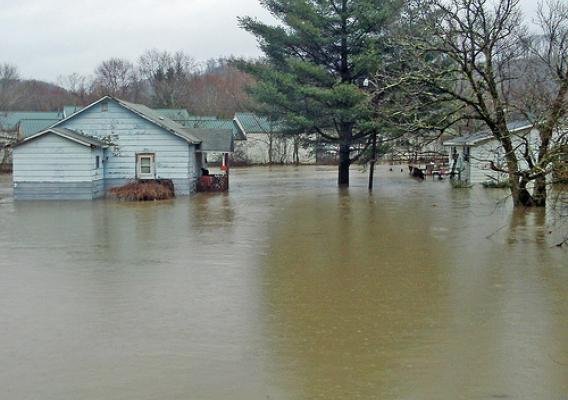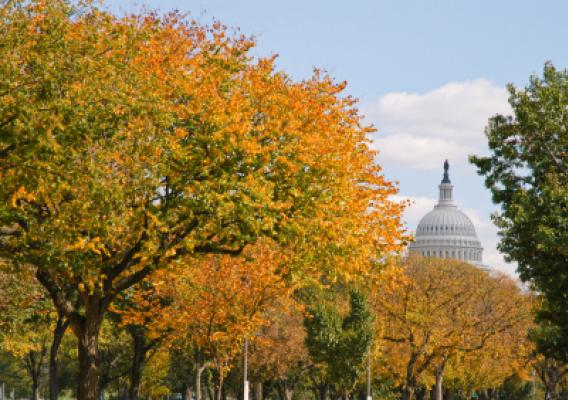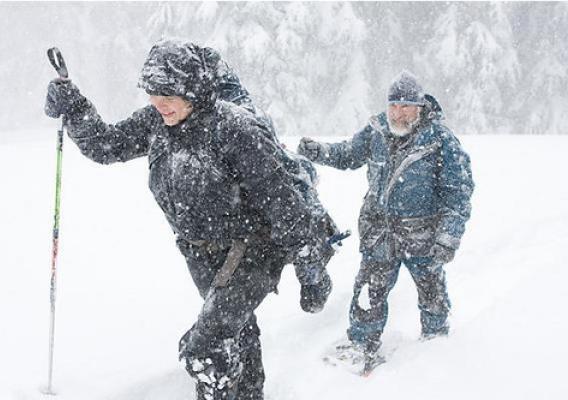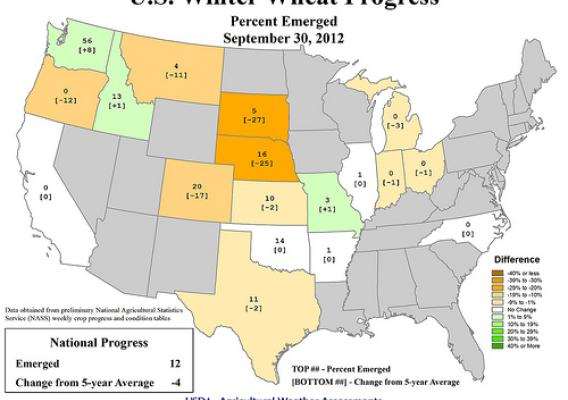USDA is committed to fostering a clean energy economy and to improving the environment by conducting operations in a sustainable and environmentally responsible manner, complying with environmental laws and regulations, and leading by example. In order to fulfill its mission of providing leadership on food, agriculture, natural resources, rural development, nutrition, and related issues, USDA focuses on the future. The Department recognizes the significance of global climate change and how potential impacts such as more frequent or severe weather events can affect our programs and operations.
To better coordinate USDA’s sustainability efforts and build on past success, USDA has prepared its 2012 Strategic Sustainability Performance Plan that underscores strategies and goals to save taxpayer dollars, reduce carbon emissions, cut waste and save energy. As part of this effort, this year we have also prepared a Climate Change Adaptation Plan that outlines how the Department will address the impacts of climate change on its key mission areas such as agricultural production, food security, rural development, and forestry and natural resources conservation. The plan is available and open for a 60-day public comment period.
The USDA Climate Change Adaptation Plan includes input from eleven USDA agencies and offices. It provides a detailed vulnerability assessment, reviews the elements of USDA’s mission that are at risk from climate change, and provides specific actions and steps being taken to build resilience to climate change. The plan advances President Obama’s efforts to prepare the federal government for climate change. We expect to revise and update the plan in 2013 in response to comments received from the public.







